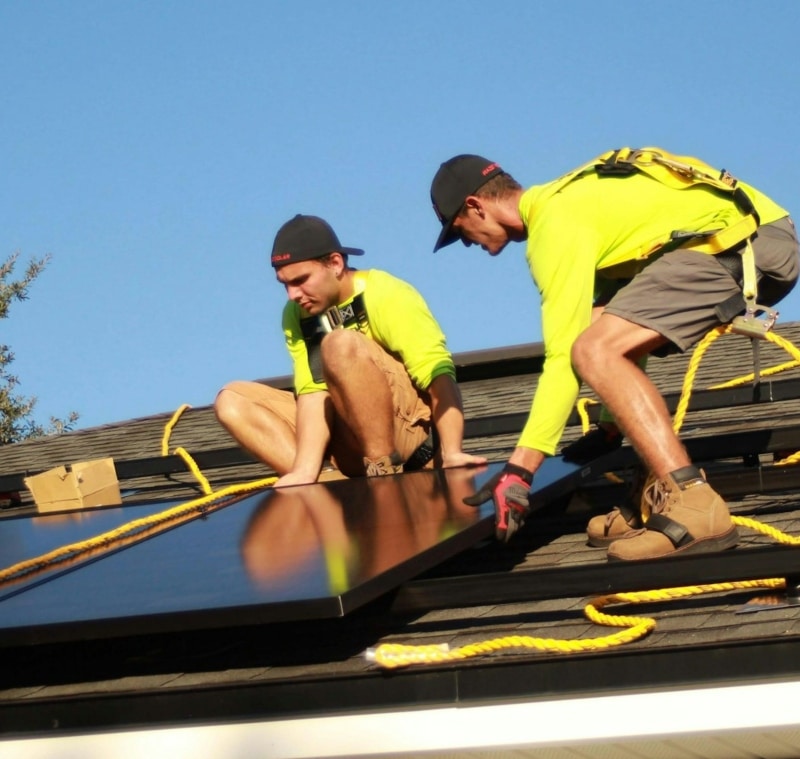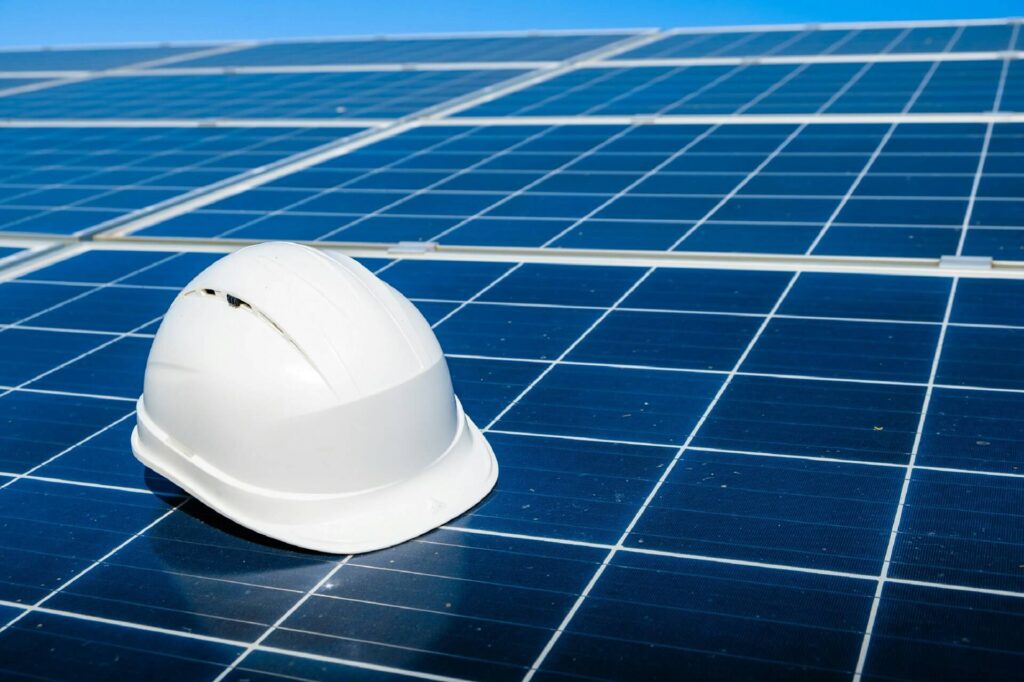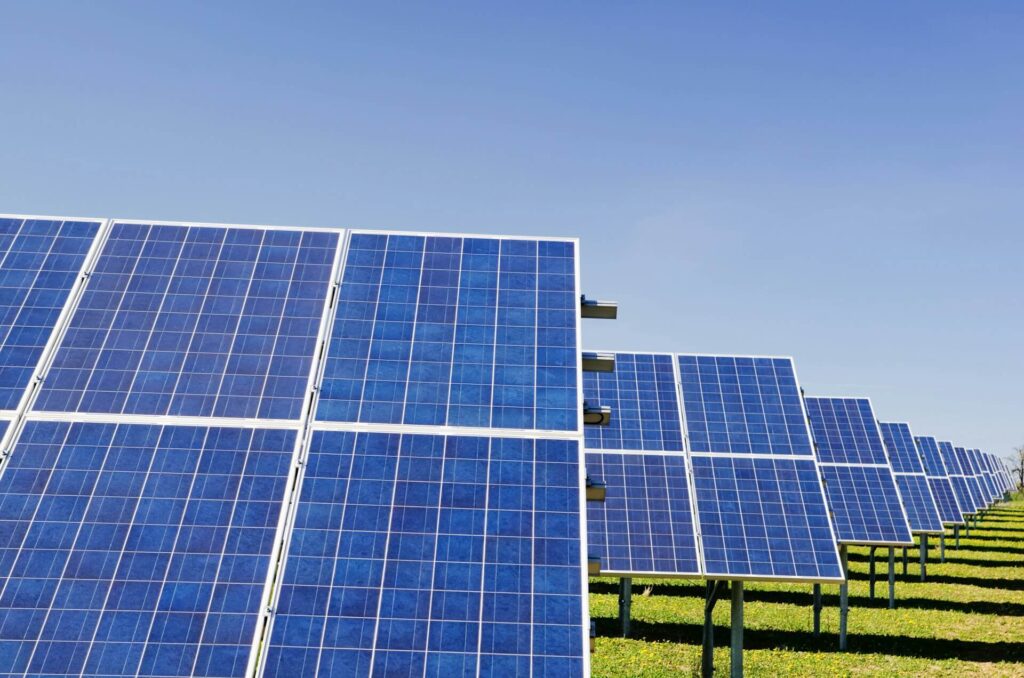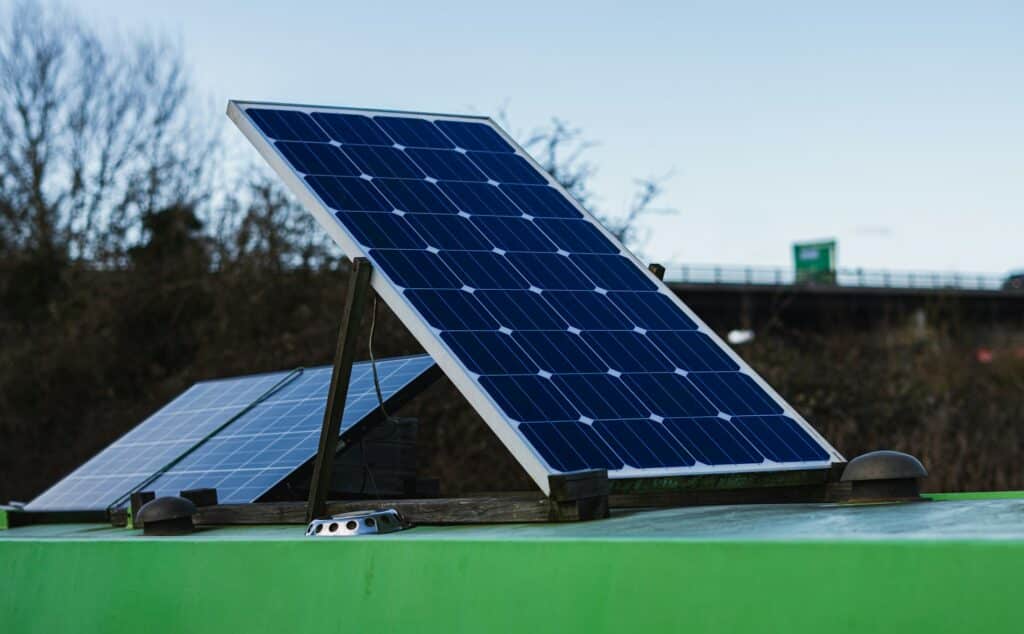Services
Frequently Asked Questions
The solar panels are made up of photovoltaic (PV) cells, which convert sunlight into direct current (DC) electricity. Solar Inverter then converts the DC electricity generated by the solar panels into the alternating current (AC) electricity.
The cost of a Solar PV Rooftop Setup depends on many factors such as the connected load, type and quality of the components used in the system, total available roof area etc. As an estimate, a grid connected solar PV System with Grade A manufacturer’s components costs around Rs. 65K per KW while a battery connected system costs around Rs. 90K per KW.
Solar panels are actually more efficient at cooler temperatures than hot ones. Solar panels can use direct or indirect sunlight to generate power. Solar panels will still work even when the light is reflected or partially blocked by clouds. Rain actually helps to keep solar panels operating efficiently by washing away any dust or dirt.
Since solar systems have no moving parts, they are very durable and require little maintenance. Solar modules come with a manufacturer’s warranty for 25 years. It may last up to 30 years or more and lose some ½ percent (0.5%) conversion efficiency annually.
Home Solar PV systems need a minimum of 4 x 4 metres of clear roof area for a 2kWp system. 4kWp will need 8 x 4 metres. Thumb rule is you require 100 Sq.feet for 1KW Rooftop Solar Installation. There should be no significant shade over your roof from trees or neighborhood buildings.
The solar panels will certainly continue to generate electricity because they will absorb sunlight and solar energy as they do every day. However, you may not be able to use that energy to run your home unless you also have a battery back-up system.
Solar panel efficiency drops at night because there is no sunlight to convert to electricity and solar panels can’t generate power in darkness. It will work if you have a battery back-up system.
Shading is not good for solar panels. A shadow cast on even just part of one solar panel in your solar array can potentially compromise the output of the whole system.
MNRE is providing 30% subsidy of benchmark cost for general category States/UTs and 70% subsidy of benchmark cost for special category States e., North Eastern States including Sikkim, Uttarakhand, Himachal Pradesh, Jammu & Kashmir and Lakshadweep , Andaman & Nicobar Islands excluding commercial and industrial establishments.However these subsidies are subject to change as per Government instructions. i-Solar do provide financial assistance to industrial customers.
Solar panels DO work during the winter months but they are less efficient.
The capital cost of a PV System is higher than a DG System, a DG System accounts for a high fuel cost and maintenance cost. While a PV System doesn’t require any fuel and its maintenance is very minimal and easy. Apart from this a Solar PV System is clean and environmental friendly option for a backup system.
Current solar mounting hardware and techniques should cause no more harm or risk to your roof than any other ventilation duct or roof penetration.
A solar roof top installation of size 1 kw produces 5 units of electricity per day (* it can be more) on an average 1500 units of electricity is generated per year.
Your solar system requires almost zero maintenance, largely because it has no moving parts. All your system requires, is a cleaning with a cloth to remove all the dust accumulated every 7 to 10 days.
Net Metering is a policy that allows the unused power produced by the Solar PV System to be fed to the Grid to which the system is tied to. This allows the system owner to get concessions on his electricity bills as the amount for units fed to the grid will be deducted from the amount of units actually consumed by the owner and the billing will only be done for that part of the units.
Small Solar PV Systems available online that serves the purpose of powering small equipment’s generally comes with a ready to install kit and guide. But it is recommended to hire a professional help for the installation of a large PV System as there is a risk of faulty installation and may results in fatal accidents.
Solar Products from reputed companies generally come with a manufacturer’s warranty, though the time period of the warranty differs from product to product and also from company to company. A battery generally comes with a warranty of 2-3 years, while for that of inverter is generally 5 years. The warranty period for solar panels can even last up to 25 years.
No, solar panels convert light into electricity. So as the light reduces in the day so does the output of the solar panel.
- Capitalize on the abundant supply of sunlight in India.
- Reduce dependence on State Electricity Boards.
- Avail innovative finance options and powerful tax incentives offered.
- One time capital investment with nearly zero maintenance and operating costs.
- Go for the green alternative, reduce your carbon footprint.
- Avoid diesel & other costs.
- Enjoy 25 years of free power.
- 12 to 16 hours of solar power supply.
- Avail 40% accelerated depreciation in the first year and set off your tax liabilities.
Contact Us Today!
For any solar-related inquiry, please contact us. Our team of experts will reach out to you and provide optimal solar solutions tailored to your needs.





